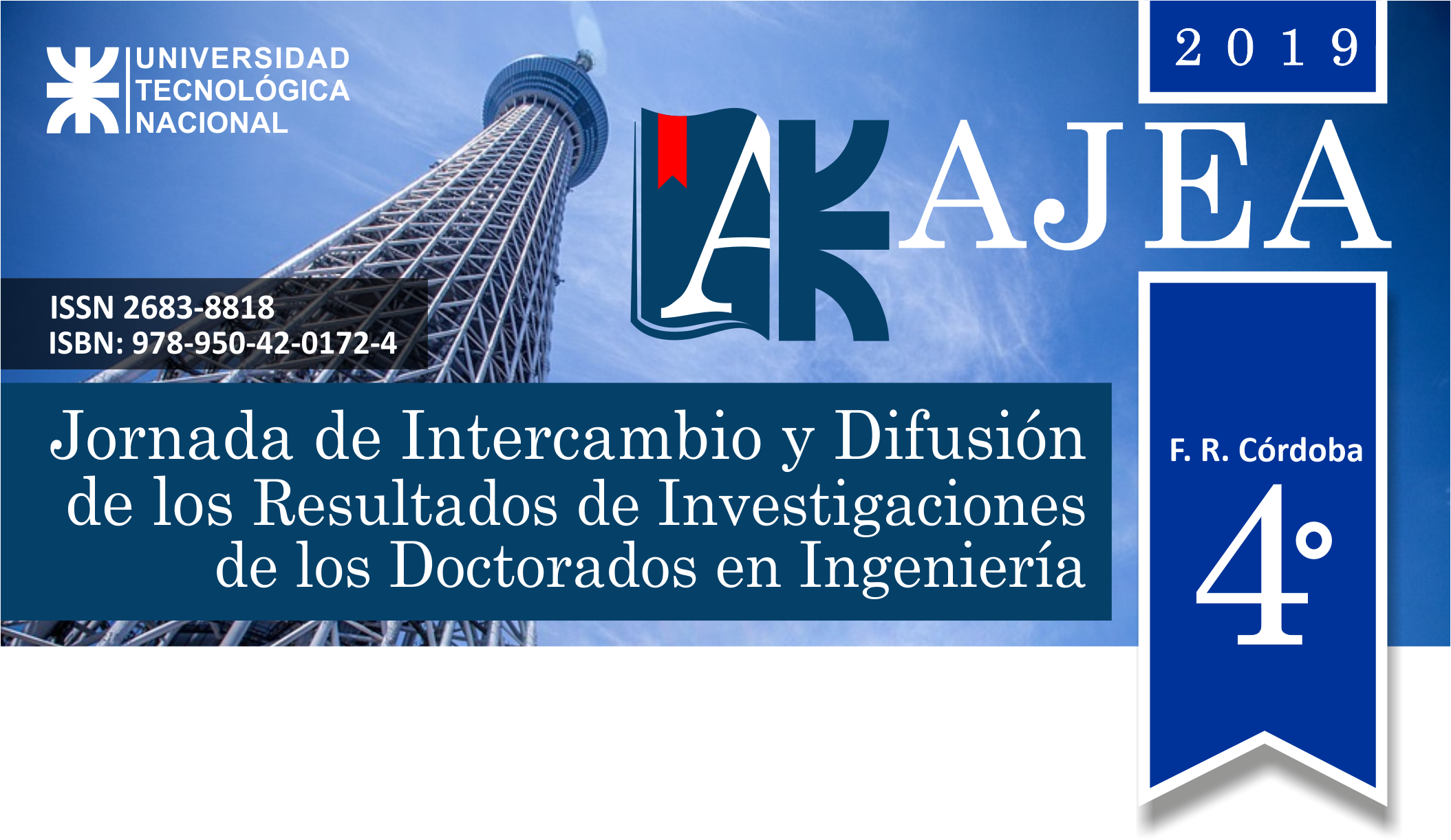Degradation of organic pollutants in water, using active TiO2 under visible light
DOI:
https://doi.org/10.33414/ajea.4.385.2019Keywords:
photocatalysis, titanium dioxide, doped, organic pollutantsAbstract
TiO2 nanoparticles were synthesized using the sol-gel method without using a template agent. This allow to avoid calcination at high temperatures and ensure that the solid retains carbon traces, coming from the same source of titanium, capable of induce a photosensitizing effect. The materials were tested in advanced oxidation processes with visible light, coming from LED modules, particularly in heterogeneous photocatalytic processes applied in the degradation of the Acid Orange 7 (AO7) and Paracetamol (PCT) in aqueous solution solution. It was found that the presence of carbonaceous species was an advantageous factor. In this sense, when it was calcined at 400 °C all the
carbon was lost, and the activity of the material decreased markedly. Then, the same materials were also modified with iron. The characterization results confirmed the mesoporosity of the solids and the presence of the anatase phase.
It could be observed that with the catalyst treated at 200 °C, and doped with iron and carbon, the degradation reached was complete for both pollutants. This could be attributed to the greater diffusion of carbon to the matrix, which along the presence of iron results in the reduction of the titania band gap.










